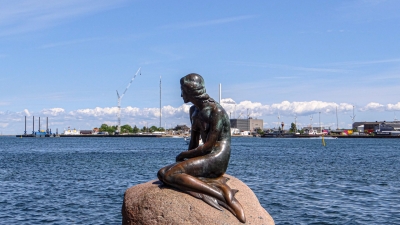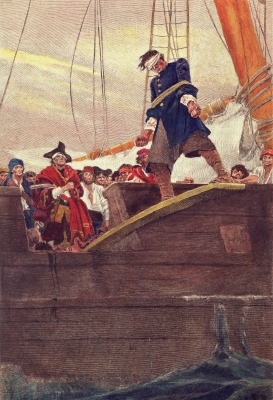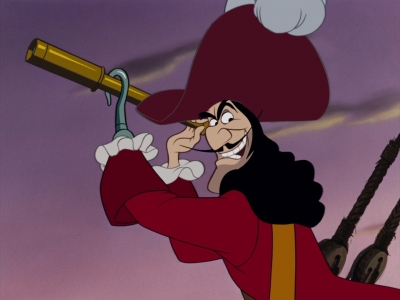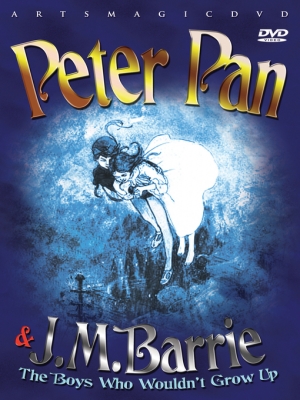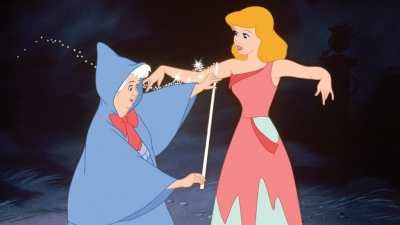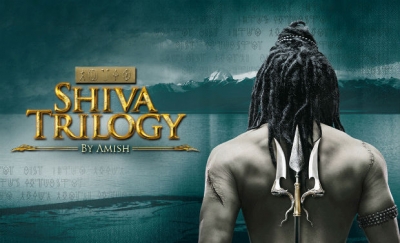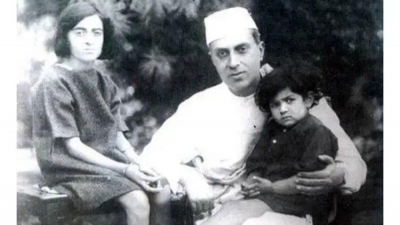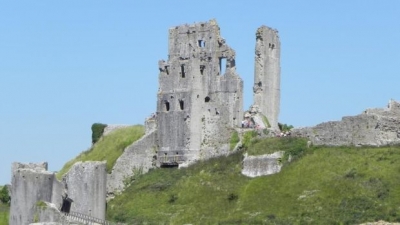
The Kirrin bay
I would love to move to the fictional place from the literary work The Famous Five written by Enid Blyton, called Kirrin Bay. It has a beach which I would visit every day. I would be pleased if I had the chance to go to Kirrin Island which belonged to George! I would probably spend a night in the ruins of the castle with George, her dog Tim, and her cousins, Julian, Dick and Anne. I would surely take a look at the dungeons where they all found the ingots, which a cruel man, who found his way down there, wanted to steal. It would be an amazing adventure!
Malgudi dreams
The one fictional place from literature that I would love to Imove to is Malgudi, the fictional town created by R.K. Narayan. He is a famous Indian author who is known for his novel Swami and Friends. The town of Malgudi is a wonderful town with the River Sarayu running near it. Its groves, grasslands, old houses and small shops add more mysticity to this delightful place.
Abu Lane, Kabir Street, Trunk Road, Market Road and Nallappa's Grove are some of the unforgettable landmarks of Malgudi. Each and every nook of this town was described by R.K. Narayan so well that I felt attracted to the peace and serenity of this place. Even if I cannot move to this fictional place in reality, it will always remain in my dreams forever.
The World of magic
The one fictional place which not only me but almost all Harry fans want to visit is the Hogwarts School of Witchcraft And Wizardry! J.K.Rowling, in her famous Harry Potter Series, makes us feel as if we are in the magical world; and to be honest, I always wanted to quit my school and join Hogwarts if ever I received a letter! I bet I will be the best witch! I love everything there, be it the ghosts Nearly Headless Nick.or Moaning Myrtle, or having potions classes with Snape, or visiting Hagrid, or having a butterbeer at the Three Broomsticks. Oh it is an impossible dream, yet thinking of it takes me to a different world! So, if there are some tips which I could give to our Ministry of Education, perhaps it would be to build a wonderful school like Hogwarts and I bet there would be no school dropouts!
Camp Jupiter
If someone asks me to choose a fictional town to live in, I'd tell them I'd live in Camp Jupiter without a second thought. Camp Jupiter, which appears in the Heroes of the Olympus' series by Rick Riordan, is not exactly a town, but it's as interesting as one, since it's an exact recreation of a Roman Metropolis. It has a secret entrance, cabins, a via principalis (similar to a modern-day parliament), a Roman mess, and a battle ground (aka The Field of Mars). It is the safest place for Roman Demigods, where they are safe from monsters ready to devour them, protected by the magical borders of the camp, and trained on what a Demigod should know.
In camp Jupiter, I'd wake up every morning, go to the bath. find my friends before I run to the mess, and dine the Roman way (i.e. sitting on couches, and eating with one's hands). I would play Deathball, Siege, Gladiator fighting, and Chariot Racing. I'd be eagerly looking forward to these games all day. And, if I were lucky, I would be allowed to go on a quest! Like this, if I lived at Camp Jupiter, I would have the best life one could ever have.
Finding Neverland
One fictional town from literature I would love to move to would be Neverland from "Peter Pan" by J.M. Barrie. Neverland is an imaginary faraway place where Peter Pan, Tinker Bell, Captain Hook, the Lost Boys and some other mythical beings like fairies and mermaids live. The most astounding thing about Neverland is that once a person, lands in Neverland, he/she stops growing. It would be wonderful to stay the same age forever and go on adventures everyday with Peter to the Mermaid lagoon, Cannibal cove, Skull rock and the Red Indians Camp. Going to Neverland would be a magical experience and as Peter says, "all it takes is faith, trust and some pixie dust".
The Night Bazaar
Fictional towns, from most books I've read, are places bustling with life, interesting people, and magic (sometimes not the kind you expect). If I could move to one such place, I'd pack my bags and head to the Night Bazaar from the Aru Shah books. Although a shopping district not exactly meant for habitation, the Night Bazaar offers enthralling articles for sale, including dreams on a string, rice pudding dusted with moonlight, and even unusual prophecies.
Throw in a library that covers books on every possible subject in the world, the Night Bazaar would be a compelling place to live in.
Haven City
One fictional town from literature I would love to move to would be Haven City from the Artemis Fowl universe. It's underground (because humans drove out the original inhabitants), and it's teeming with fairies, goblins, dwarves, trolls, and a variety of other species. Fairies may appear to be primordial nature beings who fly around and cast spells, yet they are a much more advanced race than we are. Thanks to Foaly the centaur, they have cutting-edge technology and incredible devices! I'd also like to pay a visit to some of my favourite characters, including Holly Short. Mulch Diggums, Foaly, Lazuli Heitz, and perhaps Artemis and Butler (if they happen to be visiting)!
Away from the city
I would like to move to Malgudi, a fictional town located in South India. I live in a very busy city, in an apartment and I want to know and experience how life in a town really is.
Malgudi can be described as picturesque and an old-fashioned rural town. I feel that it will be super fun living in Malgudi. In the cities, usually there are many vehicles causing a lot of pollution and traffic jams. Due to this, people are not able to see the nature and the freshness of the place.
While in towns, there might be less movement of vehicles which lead to free roads and less pollution. Just like Swami, even I can play with my friends and cousins in the lanes of Malgudi.
Moreover, a calm and serene place is any day better than a noisy and polluted one. I wish to move to Malgudi as quickly as possible.
Off to Red Riding Hood Kingdom
The place I would love to move to most is the fascinating country of Red Riding Hood Kingdom from the book Land of Stories authored by Chris Colfer. This place is a land of beauty. It is full of rippling streams and colorful fields. I would live the life of a farmer at the Bo-Peep Farms. Here I would enjoy working with the no longer little Bo-Peep. As I live here I would get the opportunity to see some of the famous fairytale characters like the Queen of the land who is the grown up Red Riding Hood, the King. Charlie Prince Charming and members of the Fairy Council who use their magic to save the day on many occasions. I would meet unicorns and other mythical creatures. Can you imagine it! Meeting my childhood companions would be so much fun.
Make way for Noddy
There are many fictional places I will like to live in, but most of them are cities and fantasy lands. So, in case of a town I will love to move to Toy Town in Toyland, the home of Noddy. It's a wonderful place full of different toys. There are large feasts full of wonderful items, which being a foodie is a wonderful thing for me. Plus, there are small adventures that are not very dangerous, which is also okay with me as I am not a very adventurous kid. But, to live there I have to prove myself as a toy first!
Picture Credit : Google
